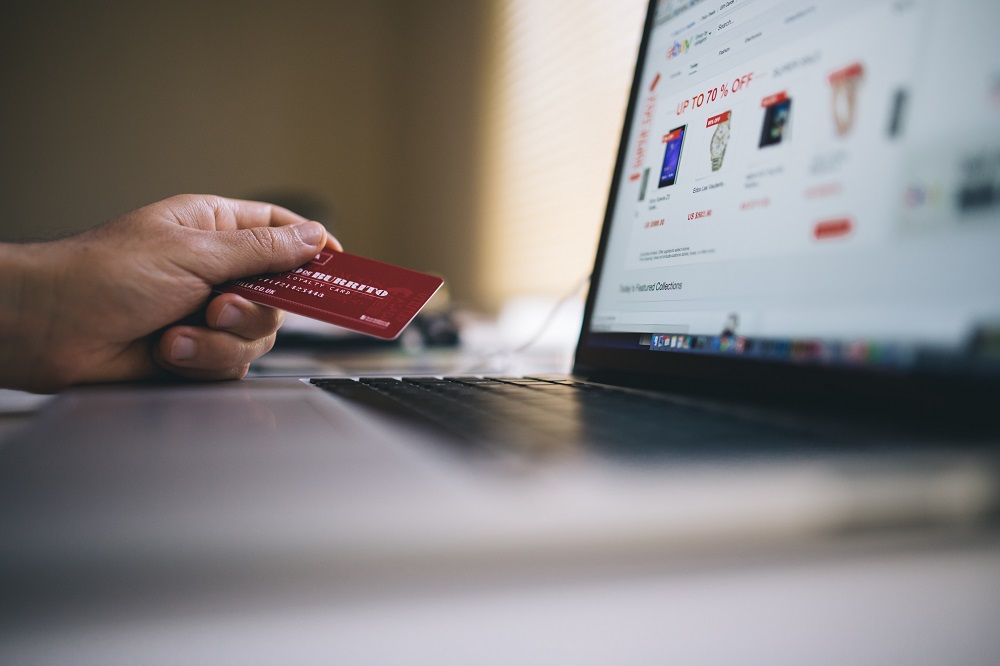
As one of the most popular content management systems, WordPress is a prime target for hackers and malicious actors. Therefore, ensuring the security of your WordPress website is of utmost importance. This article outlines the best practices for WordPress website security. By implementing these measures, you can safeguard your website, protect sensitive data, and maintain the trust of your visitors.
Keep WordPress Core, Themes, and Plugins Updated
One of the fundamental steps in securing your WordPress website is keeping the core software, themes, and plugins up to date. Regular updates often include security patches that address vulnerabilities discovered by the WordPress community or reported by users. Enable automatic updates or regularly check for updates within the WordPress dashboard to ensure you are using the latest versions.
Choose Secure Themes and Plugins
When selecting themes and plugins for your WordPress website, prioritize security. Opt for themes and plugins from reputable sources, such as the official WordPress repository or well-known developers. These sources undergo rigorous code reviews and are more likely to have robust security measures in place.
Additionally, check the user reviews, ratings, and update frequency of themes and plugins. Avoid using outdated or unsupported themes and plugins, as they may have unpatched security vulnerabilities.
Use Strong and Unique Passwords
Using strong and unique passwords for your WordPress website is a simple yet effective security measure. Choose complex passwords that include a combination of uppercase and lowercase letters, numbers, and special characters. Avoid using common phrases, dictionary words, or easily guessable information like birthdates or pet names.
Furthermore, ensure that all user accounts associated with your WordPress website have strong passwords. Encourage your team members or administrators to follow password best practices as well.
Limit User Access and Permissions
Granting appropriate user access and permissions is crucial for WordPress website security. Assign roles and permissions based on the responsibilities of each user. Only provide administrative access to trusted individuals who require it. Regularly review user accounts and remove unnecessary or inactive accounts to minimize the potential for unauthorized access.
Implement two-factor authentication (2FA) for added security. With 2FA, users must provide an additional verification factor, such as a unique code generated by an authentication app or sent via SMS, in addition to their password.
Secure Your WordPress Login
Securing the WordPress login page is essential as it is a common target for brute-force attacks. Implement measures to protect against unauthorized login attempts. Consider using plugins that limit login attempts and temporarily lock out IP addresses that show suspicious behavior.
Change the default login URL from “/wp-admin” to a custom URL to make it less predictable and difficult for attackers to target. Additionally, ensure that the login credentials for your hosting account and FTP are strong and secure.
Install a WordPress Security Plugin
WordPress security plugins offer an additional layer of protection by monitoring and mitigating various security threats. These plugins can help with activities such as malware scanning, firewall protection, and vulnerability detection. Popular security plugins include Wordfence, Sucuri, and iThemes Security. Install and configure a reputable security plugin to enhance the overall security of your WordPress website.
Regularly Back Up Your Website
Regular website backups are crucial for mitigating the impact of potential security incidents. Schedule automated backups of your WordPress website, including the database and files. Store the backup files in a secure location, such as a remote server or cloud storage. In the event of a security breach or data loss, you can restore your website to a previous known good state.
Implementing best practices for WordPress website security is essential to protect your website from potential threats. By keeping WordPress core, themes, and plugins updated, choosing secure themes and plugins, using strong and unique passwords, limiting user access and permissions, securing the WordPress login, installing a security plugin, and regularly backing up your website, you can significantly enhance the security posture of your WordPress website. Prioritizing security will help you maintain the integrity of your website, protect your data, and provide a safe browsing experience for your visitors.
Generated by ChatGPT